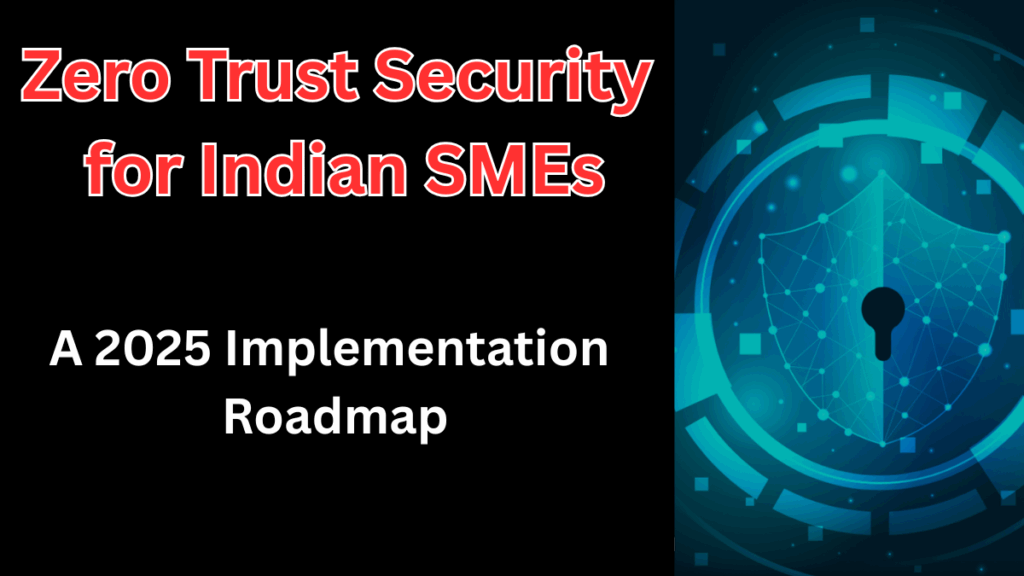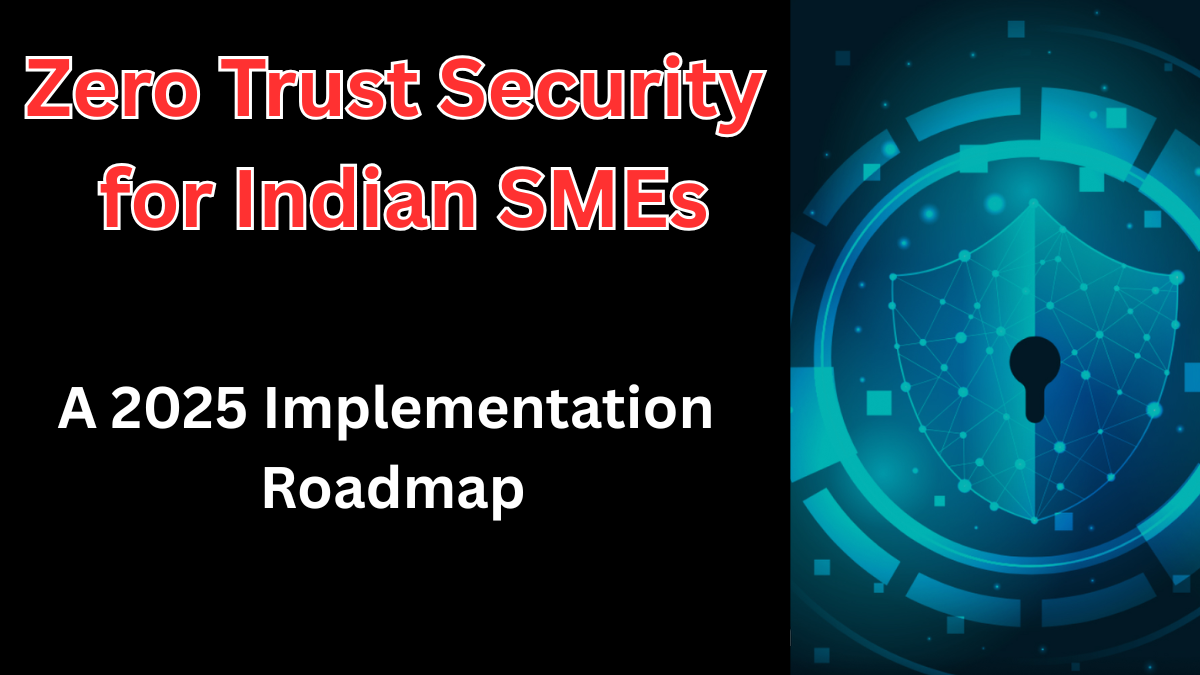As cyber threats grow more sophisticated, small and medium enterprises (SMEs) in India can no longer rely solely on traditional security methods. Zero Trust Security India 2025 is emerging as a key approach for businesses aiming to protect sensitive data, networks, and IT infrastructure.
Unlike conventional security models that assume everything inside the network is safe, Zero Trust operates on the principle: “Never trust, always verify.” This ensures every user, device, and connection is continuously authenticated and authorized.

Why SMEs in India Need Zero Trust Security
For Indian SMEs, digital transformation is accelerating. However, with growth comes increased vulnerability:
-
Rising cyberattacks targeting small businesses
-
Remote work models that expose corporate data to unsecured devices
-
Limited IT budgets, making it essential to prioritize high-impact security solutions
By adopting Zero Trust Security India 2025, SMEs can ensure robust Network Protection and strengthen overall SME Security.
Key Principles of Zero Trust Security
Zero Trust is not just a tool—it’s a mindset for IT teams. Its core principles include:
-
Continuous Verification – Every user and device is authenticated, even within the internal network
-
Least Privilege Access – Users only access the resources necessary for their roles
-
Micro-Segmentation – Networks are divided into smaller zones to limit lateral movement of threats
-
Strong Endpoint Security – Devices are continuously monitored and secured
-
Robust IT Policies – Clear, enforceable policies guide access, data sharing, and compliance
Step-by-Step Implementation Roadmap for SMEs
Here’s how Indian SMEs can adopt Zero Trust Security in 2025:
| Step | Action | Benefits |
|---|---|---|
| 1 | Assess Current IT Landscape | Identify critical assets, sensitive data, and vulnerable points |
| 2 | Define Access Policies | Set rules for user authentication, device compliance, and access levels |
| 3 | Implement Multi-Factor Authentication (MFA) | Adds an extra layer of security for all accounts |
| 4 | Segment Your Network | Reduce exposure by isolating departments, apps, and sensitive data |
| 5 | Monitor Continuously | Detect unusual activities and respond in real-time |
| 6 | Regularly Update IT Policies | Ensure policies evolve with new threats and business changes |
Benefits of Zero Trust for Indian SMEs
Adopting Zero Trust Security India 2025 offers measurable advantages:
-
Enhanced Network Protection and reduced risk of data breaches
-
Improved regulatory compliance for data protection standards
-
Streamlined IT operations through defined IT Policies
-
Increased customer trust and business credibility
Challenges SMEs Might Face
While Zero Trust is effective, SMEs must navigate certain challenges:
-
Initial implementation costs and training requirements
-
Integrating Zero Trust with existing IT infrastructure
-
Continuous monitoring demands more IT resources
Proactive planning and phased implementation can help overcome these hurdles.
Best Practices for SME Security in 2025
-
Conduct security audits every 6–12 months
-
Train employees on cybersecurity awareness
-
Maintain updated IT Policies and access protocols
-
Invest in security tools that support Zero Trust architecture
FAQs
1. What is Zero Trust Security and why is it important for SMEs?
Zero Trust Security is a framework that assumes no one—inside or outside the network—is automatically trustworthy. It is crucial for SMEs to prevent data breaches and strengthen Network Protection.
2. How much does implementing Zero Trust cost for Indian SMEs?
Costs vary depending on IT infrastructure and tools. SMEs can start with phased implementation—prioritizing critical systems and gradually expanding.
3. Can Zero Trust work with remote teams?
Yes! Zero Trust is ideal for remote work environments as it continuously verifies users and devices, ensuring secure access from anywhere.
4. How often should IT policies be updated in a Zero Trust environment?
IT Policies should be reviewed at least annually, or more frequently if there are major changes in business operations, regulations, or technology.
Click here to learn more
